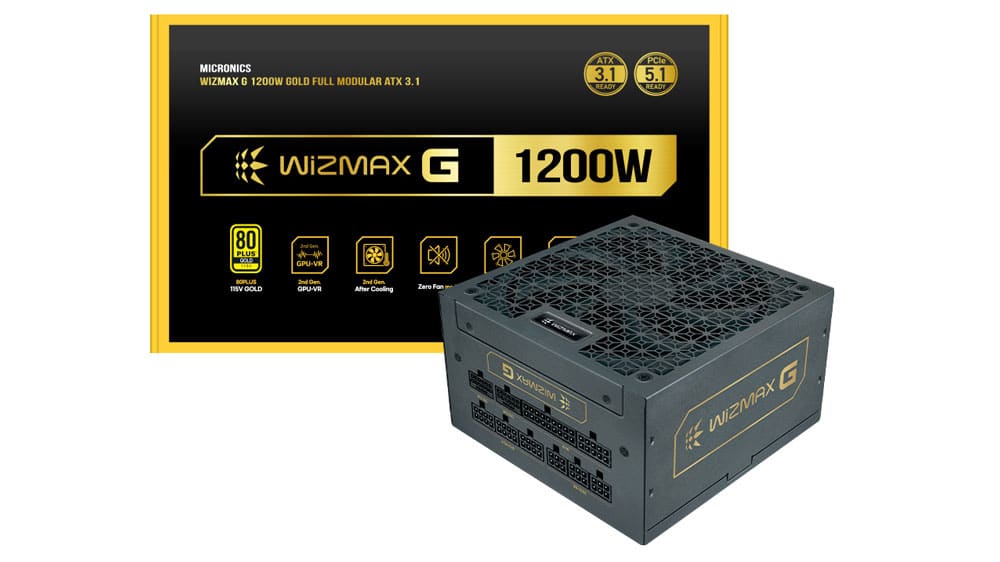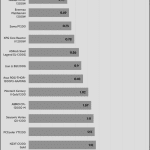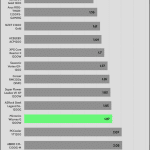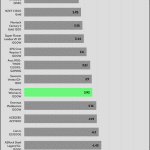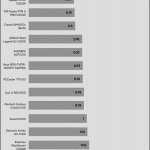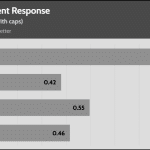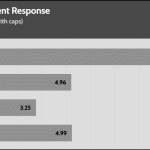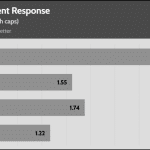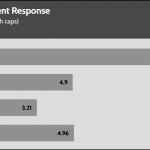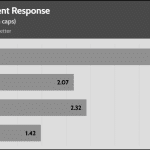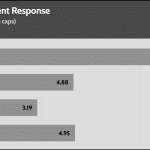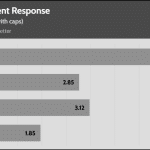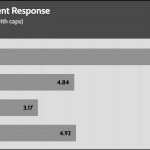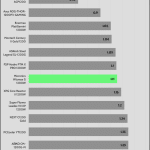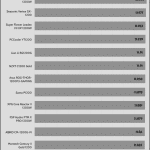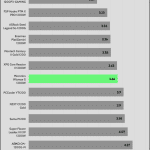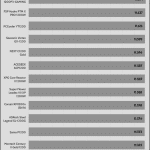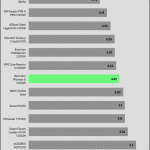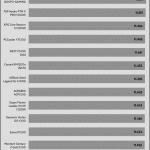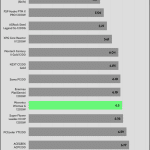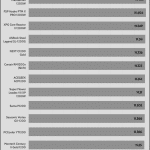Transient Response
Transient response in power supplies refers to how quickly and effectively the PSU stabilizes its output voltage during sudden changes in load demand, such as when a CPU or GPU increases its power draw. It’s measured by the time and voltage deviation during these shifts. A faster, smaller transient response ensures stable power, preventing instability or damage to components.
20% Load – 20ms
| Advanced Transient Response 20% - 50 Hz - No Caps | ||||
| Voltage | Before | After | Change | Pass/Fail |
| 12V | 12.006V | 11.819V | 1.55% | Pass |
| 5V | 5.004V | 4.913V | 1.81% | Pass |
| 3.3V | 3.299V | 3.170V | 3.92% | Pass |
| 5VSB | 5.059V | 4.995V | 1.26% | Pass |
50% Load -20ms
| Advanced Transient Response 50% - 50 Hz - No Caps | ||||
| Voltage | Before | After | Change | Pass/Fail |
| 12V | 11.982V | 11.873V | 0.91% | Pass |
| 5V | 4.994V | 4.898V | 1.92% | Pass |
| 3.3V | 3.288V | 3.159V | 3.94% | Pass |
| 5VSB | 5.008V | 4.945V | 1.27% | Pass |
The transient response is mediocre at 12V, primarily due to the significant deviation during the first test, where the PSU’s resonant controller prioritizes efficiency over transient response. The 5V rail exhibits an average deviation, and the same is true for the 3.3V rail, which drops below 3.2V when a transient load is applied.
Transient Response ATX v3.1 Tests
[Note] For PSUs without a 12+4 pin connector, the maximum applied load for the transient response tests is 150%, rather than 200%.The PSU passes all ATX v3.1 transient response tests, but the 3.3V rail drops below 3.2V in the 180% and 200% load tests.
The 12V rail’s performance is mediocre in these tests.
